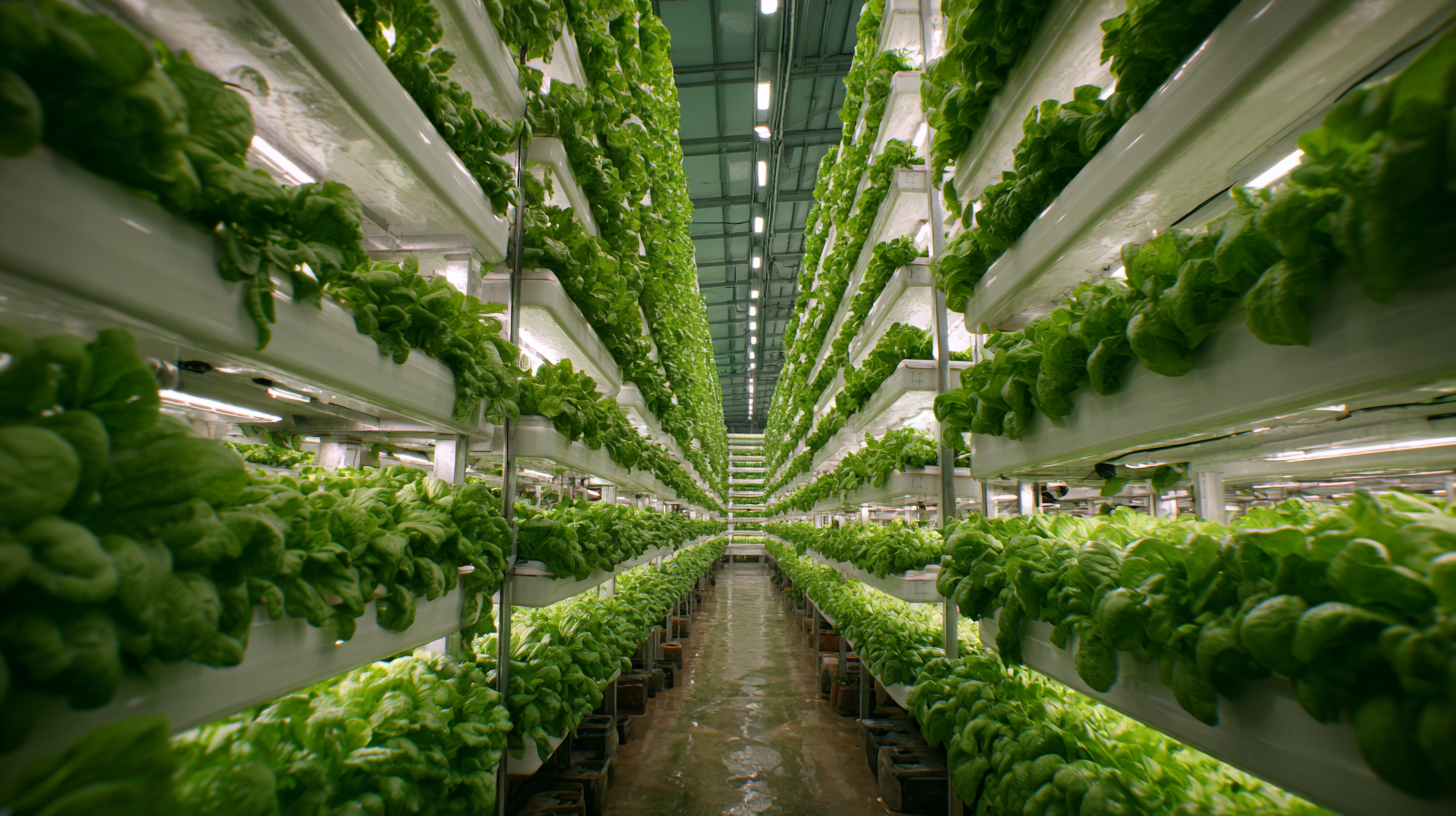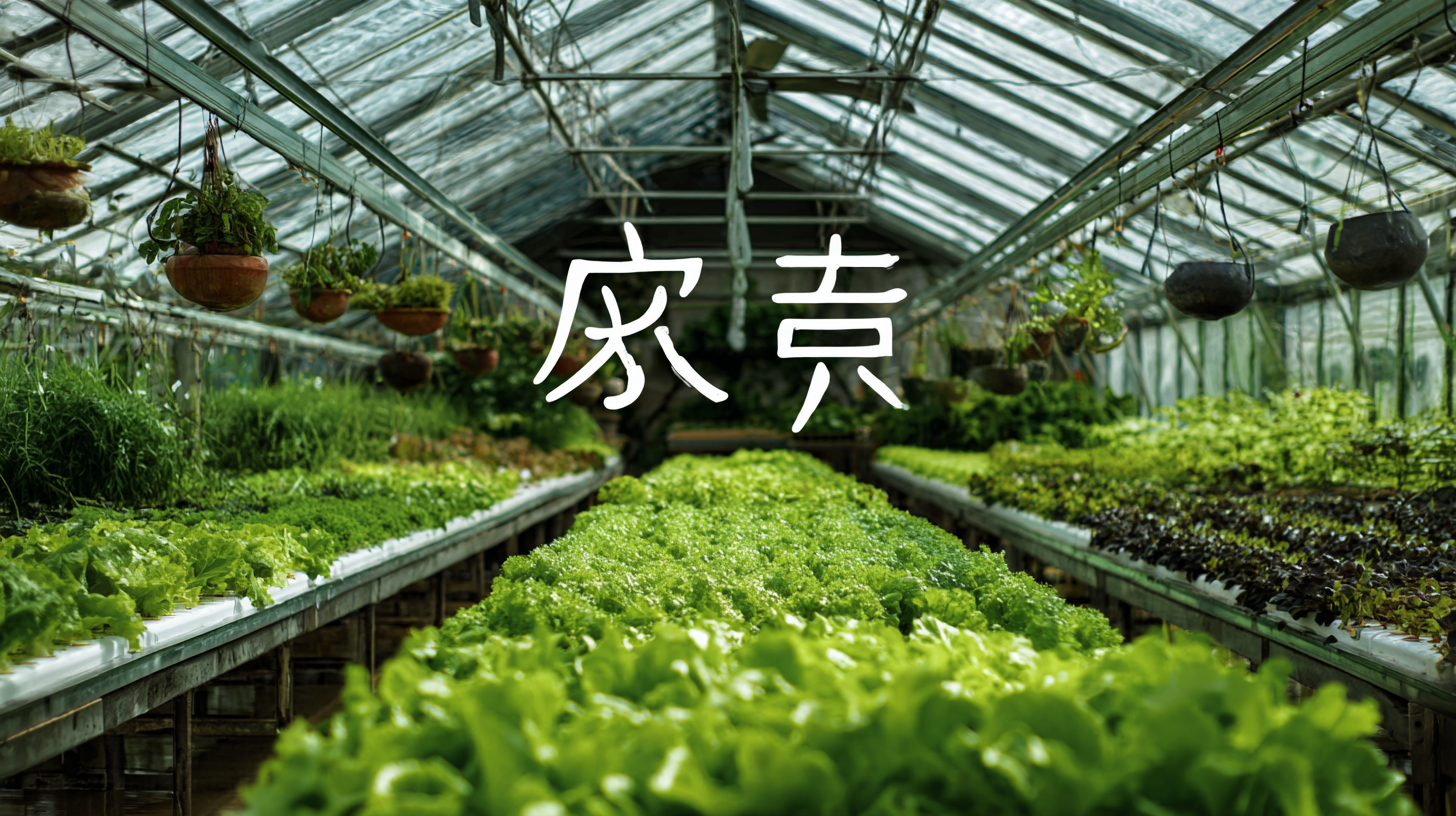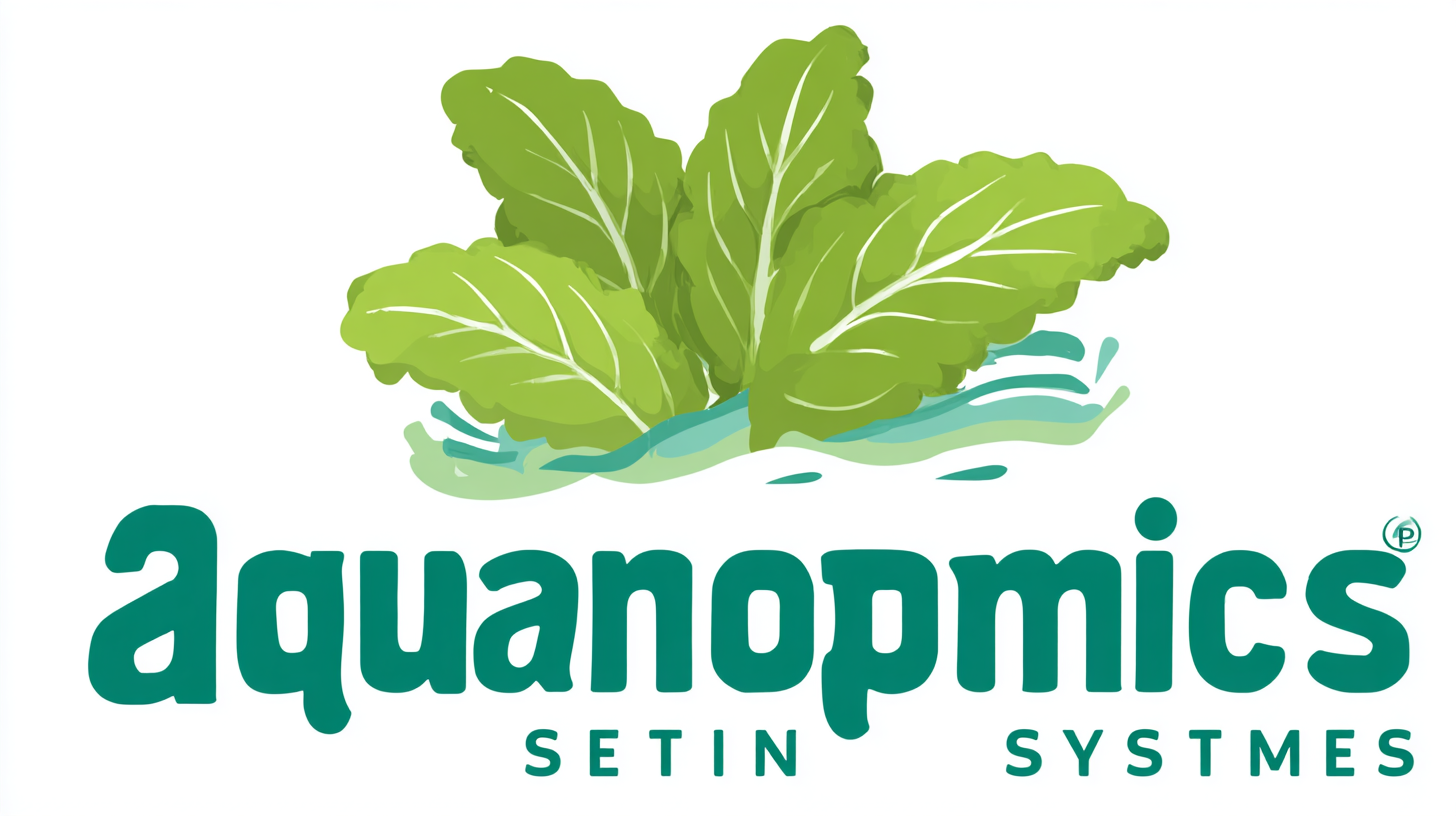
Leading the World in Aquaponics: Unveiling China's Best Export-Quality Systems
In recent years, the global aquaponics market has seen unprecedented growth, with a projected value of USD 1.8 billion by 2026, driven by the increasing demand for sustainable agricultural practices. Aquaponics systems, which combine aquaculture and hydroponics, offer a synergistic solution for food production that minimizes water usage and eliminates the need for harmful chemicals. According to a report by ResearchAndMarkets, the integration of fish farming with plant cultivation can yield up to ten times more crops than traditional farming methods, making it a promising avenue for enhancing food security. As the world shifts towards eco-friendly farming solutions, China has emerged as a leader in developing advanced aquaponics systems, setting the standard for export-quality technologies.

This guide will explore the best systems available from China, providing insights into their innovative design and efficiency in promoting sustainable agriculture worldwide.
Innovative Designs: The Best Aquaponics Systems in China
Aquaponics is revolutionizing sustainable farming, and China is at the forefront with its innovative designs that maximize efficiency and sustainability. The best aquaponics systems in China incorporate advanced technology and local knowledge, creating a harmonious blend of aquaculture and hydroponics. These systems not only provide fresh, organic produce but also reduce water usage significantly compared to traditional farming methods.

When considering the best aquaponics systems, it’s essential to recognize the importance of design. Look for systems that include eco-friendly materials, adjustable components for easy maintenance, and scalable options that can grow with your needs. Visit local farms or workshops to see these systems in action and to gain insights from experienced aquaponic farmers.
Another tip is to choose systems that emphasize biodiversity, allowing for a variety of fish and plant species to thrive together. This not only enhances the resilience of your aquaponics system but also increases output. Engaging with local suppliers can also ensure you are using high-quality materials tailored to the specific conditions of your environment. Embracing these innovative designs can set you on a path toward successful and sustainable aquaponics farming in China.
Sustainable Practices: How China's Aquaponics Are Shaping Global Standards
As China emerges as a global leader in aquaponics, its systems are revolutionizing sustainable agricultural practices that are setting new benchmarks worldwide. Aquaponics combines aquaculture and hydroponics to create an eco-friendly food production system, significantly reducing the environmental footprint compared to traditional farming methods. Recent reports highlight that the aquaponics market is projected to grow considerably, driven by escalating demands for sustainable food systems and urban agriculture practices, particularly in rapidly growing cities like Beijing.
Notably, the application of the emergy analysis method in urban farms in Beijing has demonstrated that integrating aquaponics can enhance environmental sustainability while optimizing resource use. Studies indicate that integrating systems that incorporate fish farming not only boosts food security but also diminishes wastage throughout the supply chain. This innovative approach is particularly relevant for third-world countries, as it provides a green alternative for addressing the increasing demand for nutritious food while championing sustainable practices that mitigate climate change impacts. With China at the forefront, the future of global aquaponics looks promising, paving the way for regenerative agricultural models worldwide.
Leading the World in Aquaponics: Unveiling China's Best Export-Quality Systems
| System Type | Production Capacity (kg/month) | Water Usage (liters/kg) | Energy Source | Certifications |
|---|---|---|---|---|
| Vertical Aquaponic System | 1500 | 50 | Solar and Grid | Organic, ISO 14001 |
| Hybrid Aquaponic System | 1200 | 60 | Natural Gas | FDA, Organic |
| Mobile Aquaponic Unit | 800 | 70 | Battery Operated | Eco-label, ISO 9001 |
| Outdoor Aquaponic Farm | 3000 | 40 | Renewable Sources | GlobalGAP, Organic |
| Aquaponic Greenhouse | 2000 | 55 | Hybrid (Solar and Grid) | LEED, ISO 14001 |
Export Quality: What Sets China's Aquaponics Apart from Competitors
As the global demand for sustainable farming solutions continues to rise, China's aquaponics systems are recognized for their superior export quality. These systems integrate aquaculture and hydroponics into a symbiotic environment, allowing for efficient use of resources while minimizing waste. What sets China's aquaponics apart is its innovative approach to technology and design. Manufacturers focus on creating modular systems that can be easily customized for different climates and operational scales, ensuring they cater to a diverse range of agricultural needs.
Moreover, China's commitment to research and development in this sector has led to the refinement of techniques that improve productivity and sustainability. The incorporation of advanced sensors and automation in their aquaponics systems enhances precision in water quality management and nutrient delivery, resulting in healthier crops and fish. This technological edge, combined with rigorous quality control standards, enables Chinese aquaponics systems to maintain a competitive advantage on the global market, appealing to both commercial growers and small-scale farmers worldwide.
Technological Advancements: The Role of Innovation in Aquaponics
In recent years, aquaponics has emerged as a revolutionary method of sustainable farming, particularly in China, where technological advancements are playing a crucial role. This innovative system combines aquaculture and hydroponics, allowing farmers to cultivate fish and plants symbiotically. The integration of cutting-edge technology has enhanced efficiency and productivity, making it easier to manage resources and optimize growth conditions.
One significant advancement is the use of IoT (Internet of Things) devices that monitor water quality, temperature, and nutrient levels in real-time. This allows farmers to make data-driven decisions, ensuring optimal conditions for both fish and plants. Additionally, automation technologies, such as robotic systems for feeding and harvesting, significantly reduce labor costs and human error. As a result, Chinese aquaponics systems are not only more robust but also set a benchmark for export-quality solutions, showcasing the country's commitment to sustainable agriculture through innovation.
Leading the World in Aquaponics: Technological Advancements
This chart illustrates the quality scores of various export-quality aquaponics systems, highlighting China's advancements in technology and innovation within the aquaponics industry.
Success Stories: Chinese Aquaponics Leaders and Their Global Impact
China has emerged as a global leader in aquaponics, showcasing innovative systems that blend fish farming and hydroponics for sustainable food production. Among the success stories, companies like Beijing Zhongke Bote and Shanghai Bluegreen have pioneered techniques that not only maximize resource efficiency but also enhance product quality. These enterprises are at the forefront of developing aquaponic technologies that cater to international markets, ensuring that their systems meet stringent global standards.

What sets Chinese aquaponics leaders apart is their commitment to research and development. By collaborating with agricultural universities and research institutes, they have refined their methods, resulting in systems that are tailored for both small-scale farmers and large commercial producers. This collaborative approach has allowed them to export their technology and expertise to countries eager to adopt sustainable farming practices, making a significant impact on global food security.
As these systems gain traction worldwide, they embody a model for integrating aquaponics into diverse agricultural landscapes, illustrating the potential of Chinese innovation in addressing pressing environmental challenges.
